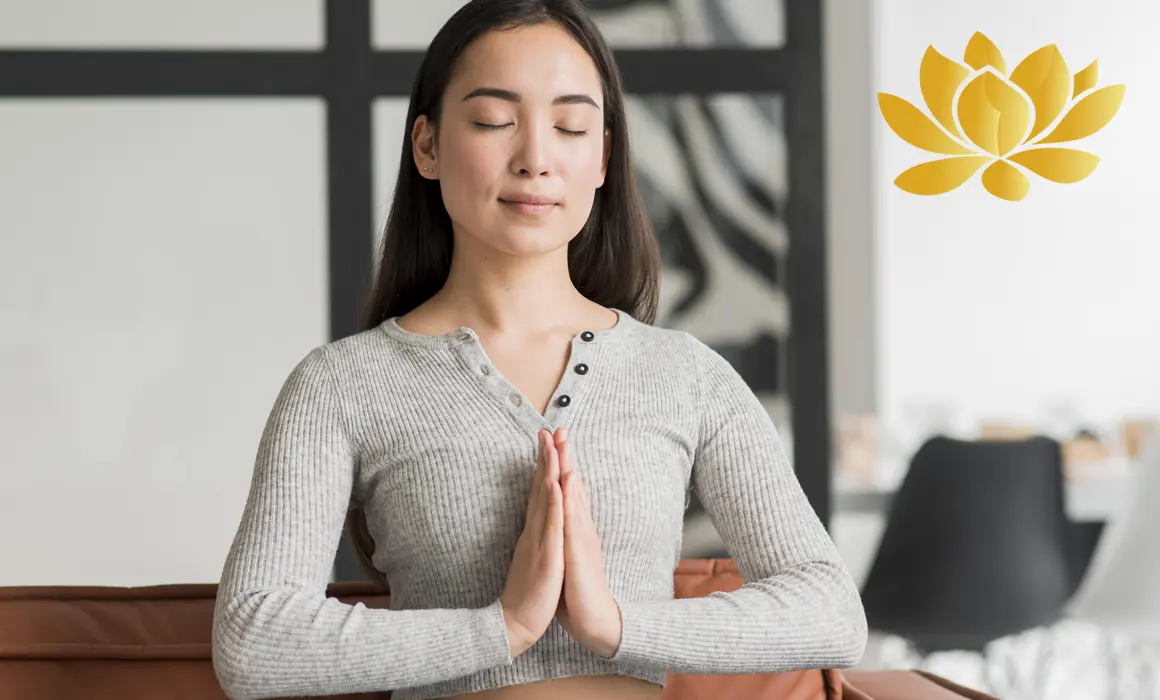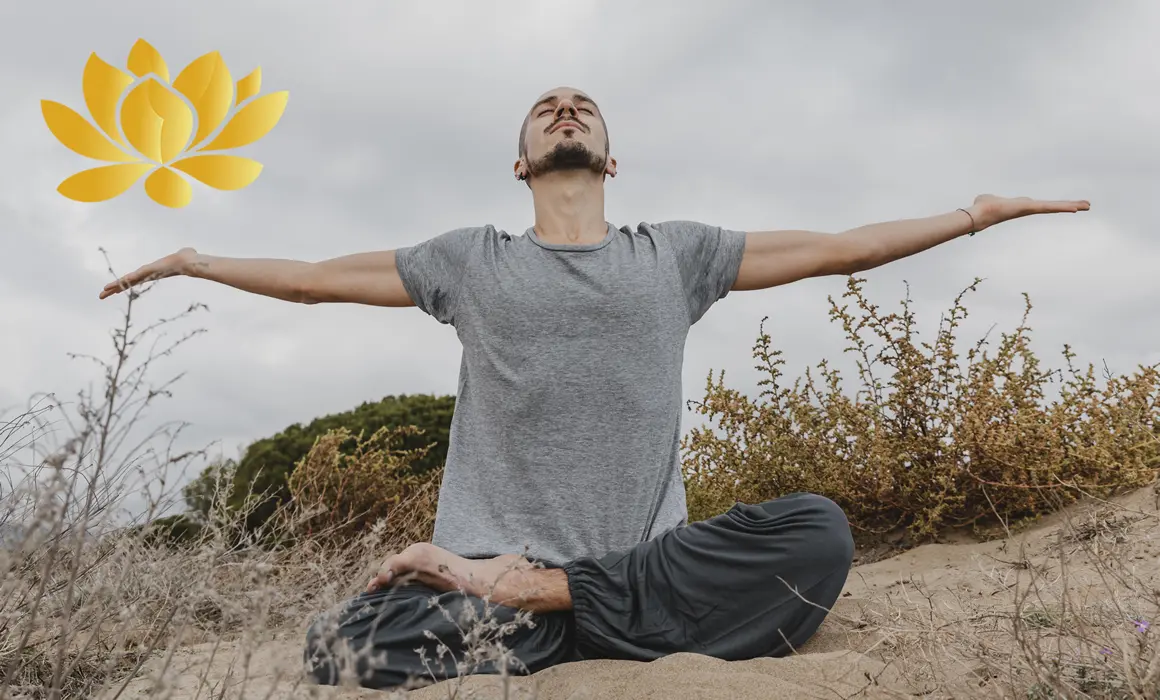
Mindfulness and Meditation: Stress Management Techniques for Filipinos
The Growing Need for Stress Management in the Philippines
In today’s fast-paced world, stress has become an unavoidable part of daily life. Whether it’s work-related pressure, financial struggles, or the demands of family responsibilities, many Filipinos experience high levels of stress. According to a 2023 report by the World Health Organization (WHO), stress and mental health concerns are on the rise in the Philippines, with anxiety and depression becoming more prevalent.
As stress takes a toll on both physical and mental well-being, many individuals seek effective ways to manage it. Mindfulness and meditation have gained popularity worldwide as proven techniques for stress reduction, but how can they be adapted to the unique lifestyle and cultural aspects of Filipinos? In this article, we explore practical mindfulness and meditation techniques tailored to Filipinos and how these practices can enhance overall well-being.
Understanding Mindfulness and Meditation
What Is Mindfulness?
Mindfulness is the practice of being fully present in the moment, without judgment. It involves paying attention to one’s thoughts, emotions, and surroundings with awareness and acceptance. This technique allows individuals to manage stress more effectively by focusing on the present rather than dwelling on past regrets or future worries.
What Is Meditation?
Meditation is a structured practice that trains the mind to develop clarity, emotional balance, and relaxation. It often involves focusing on breathing, repeating a mantra, or visualizing peaceful images. Meditation helps reduce stress, improve concentration, and promote emotional resilience.
How Stress Affects Filipinos

Cultural and Societal Pressures
Filipinos often experience stress from cultural expectations, such as maintaining strong family ties, fulfilling responsibilities, and adhering to social norms. The concept of “utang na loob” (debt of gratitude) can sometimes add pressure to reciprocate favors, which may lead to anxiety or guilt.
Workplace Stress
With long working hours and demanding jobs, many Filipinos experience workplace stress. Commuting in heavy traffic, meeting deadlines, and dealing with office politics can contribute to chronic stress and burnout.
Financial Challenges
Financial instability is another significant stressor for many Filipinos. Rising living costs, unexpected expenses, and job insecurity can create constant financial pressure, affecting mental well-being.
Practical Mindfulness Techniques for Filipinos
1. Deep Breathing Exercises
Deep breathing is a simple yet effective way to manage stress. This technique helps regulate emotions and calm the nervous system, making it ideal for those facing daily challenges.
How to practice:
- Find a quiet place and sit comfortably.
- Close your eyes and take a slow, deep breath in through your nose for four seconds.
- Hold your breath for two seconds, then exhale slowly through your mouth for six seconds.
- Repeat this process for five to ten minutes.
This exercise can be done at any time—whether stuck in traffic, before a stressful meeting, or before bedtime.
2. The 5-4-3-2-1 Grounding Technique
This mindfulness exercise is useful for those experiencing anxiety or panic attacks.
How to practice:
- 5: Acknowledge five things you see around you.
- 4: Recognize four things you can touch.
- 3: Identify three things you hear.
- 2: Note two things you smell.
- 1: Focus on one thing you taste.
This technique helps bring awareness back to the present moment and reduces feelings of being overwhelmed.
3. Gratitude Practice (Pasasalamat)
Expressing gratitude is deeply ingrained in Filipino culture. Practicing gratitude daily can shift focus from stress to appreciation, fostering positive emotions and resilience.
How to practice:
- Write down three things you’re grateful for every day.
- Verbally express appreciation to someone who has helped you.
- Reflect on simple blessings, such as a delicious meal or quality time with family.
4. Mindful Eating (Pagbabagal sa Pagkain)
Many Filipinos eat quickly due to busy schedules, leading to overeating or poor digestion. Practicing mindful eating can improve digestion, enhance appreciation for food, and reduce stress.
How to practice:
- Eat slowly and chew food thoroughly.
- Avoid distractions such as watching TV or scrolling through social media while eating.
- Pay attention to flavors, textures, and aromas of the food.
5. Mindful Walking (Paglalakad Nang May Kamalayan)
Walking is an excellent way to incorporate mindfulness into daily life. Filipinos, especially those living in urban areas, often rush from one place to another without appreciating their surroundings.
How to practice:
- Walk at a slower pace and focus on each step.
- Notice the feeling of your feet touching the ground.
- Observe your surroundings, including the sky, trees, or people around you.
- Breathe deeply and relax while walking.
Meditation Techniques for Filipinos

1. Guided Meditation
Listening to guided meditation, especially in Tagalog or Filipino dialects, can make the practice more accessible and relatable. Many free guided meditation resources are available on YouTube, Spotify, and mobile apps.
2. Prayerful Meditation (Pagninilay)
Since many Filipinos are deeply spiritual, integrating meditation with prayer can be an effective approach to stress relief. Silent prayer or reflecting on religious teachings can help individuals find inner peace.
3. Body Scan Meditation
This technique involves paying attention to different body parts to release tension and stress.
How to practice:
- Lie down or sit comfortably.
- Close your eyes and focus on your breathing.
- Slowly bring attention to each part of the body, starting from your toes and moving up to your head.
- Notice any areas of tension and consciously relax them.
4. Loving-Kindness Meditation (Metta)
This meditation encourages positive emotions toward oneself and others.
How to practice:
- Sit in a quiet space and close your eyes.
- Repeat positive affirmations such as “May I be happy, may I be healthy, may I be at peace.”
- Extend the wish to others, including loved ones, colleagues, and even strangers.
This practice fosters compassion and reduces negative emotions.
Creating a Mindfulness and Meditation Routine
1. Start Small
Begin with short sessions, such as five minutes of breathing exercises or mindful eating. Gradually increase the duration as you become more comfortable.
2. Find a Suitable Time
Identify the best time for mindfulness practices, whether in the morning, during lunch breaks, or before bed.
3. Make It a Habit
Consistency is key. Incorporate mindfulness into daily routines, such as practicing gratitude before meals or doing deep breathing before sleeping.
4. Join a Community
Participating in wellness retreats, online meditation groups, or local mindfulness workshops can provide motivation and support.
The Benefits of Mindfulness and Meditation

Practicing mindfulness and meditation regularly offers numerous benefits, including:
- Reduced stress and anxiety
- Improved focus and concentration
- Better emotional regulation
- Enhanced relationships through better communication
- Stronger immune system and overall health
Conclusion: Embracing Mindfulness for a Healthier Future
Filipinos face unique challenges that contribute to daily stress, but mindfulness and meditation provide powerful tools for managing these pressures. By incorporating simple mindfulness techniques and meditation practices into daily life, individuals can cultivate resilience, improve mental and emotional well-being, and lead a more peaceful, fulfilling life.
Stress is an inevitable part of life, but with mindfulness and meditation, Filipinos can navigate life’s challenges with greater ease and clarity. Whether through deep breathing, gratitude, or mindful walking, taking small steps toward a more mindful lifestyle can have a profound impact on overall wellness.































